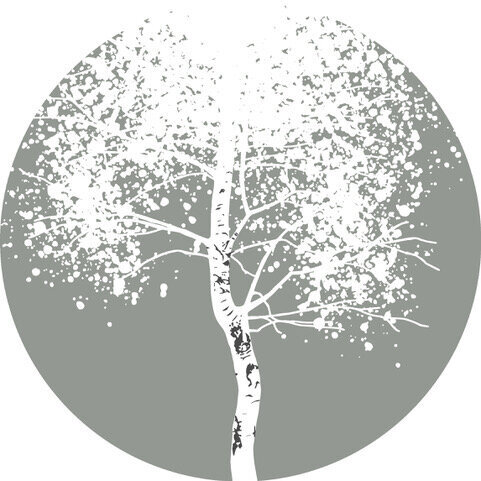Are you paying attention?
/How often do you pay attention to your breathing? You probably notice when you are exercising that you get short of breath, but what about the rest of the time? Understanding that our breathing changes dependent on what we are doing and how we are feeling can help us to recognise that we may need to make some changes in our lives. Why not spend a few minutes now being curious about your breathing?
- Sitting comfortably in a chair or on the floor, place your hands over your belly. Take a few breaths and see what you feel.
- Move your hands to your rib cage. What do you notice here?
- Place your thumbs under your armpits with your fingers pointing to your collar bones. How much movement is there in the chest?
- Now rest your hands over your shoulders. Is there any movement here at all?
Do you breathe mostly in your belly and ribs or chest and shoulders?
When we are relaxed; I mean properly relaxed i.e. in parasympathetic rest and digest mode, we naturally use the diaphragm and rib cage to breathe. We feel the belly rising and ribs expanding sideways, forwards and backwards when we inhale. If we are stressed however; in sympathetic fight or flight mode, we breathe into the chest. We feel the chest rising and falling and may also notice the shoulders lifting and lowering too. Why is that?
When we exercise, we require more oxygen and so pull the air into the lungs using the chest and shoulder muscles. Imagine you had to run away from a tiger or fight off a shark, you would need a lot of oxygen to give you the energy required. You may recall from my previous blogs that when we are stressed, the body cannot differentiate between a tiger or a deadline. So your body thinks you are under threat and forces you to breathe into your chest. This is not under your conscious control of course.
If we bring the breath deliberately into the belly, we send the message of safety to the body and restore it from sympathetic to parasympathetic mode. We feel calmer and more relaxed. This takes practice and may be best done under the guidance of a yoga teacher.
Certain pranayama (breathing) practices help to slow the breath down and restore equilibrium to the body by encouraging us to breathe into the belly and more deeply and slowly. Over the next few months, I will be offering instruction on a variety of pranayama in my blogs.
If you need support in changing the patterns in your life that may have arisen due to stress, anxiety or depression, do get in touch. I can work privately with you and teach you skills that may empower you to promote and improve your well-being, health and happiness.
Namaste.

